In the rapid advancement of contemporary medical technology, foot scanners, as an innovative technology, are quietly flourishing in the field of rehabilitation medicine, becoming a bridge that connects precise assessment and personalized treatment.
Their role in promoting the rehabilitation process of patients is significant, making them the invisible "think tank" of the medical team.
I. The Technical Core of Foot Scanners
Foot scanners integrate the essence of modern imaging technology and biomechanical analysis. They capture the surface structure of the foot through a high-resolution imaging system and, combined with pressure sensing technology, monitor the pressure distribution of the foot in real-time under different postures.
Their core advantage lies in using advanced image processing algorithms and data analysis models to deeply analyze the large amounts of collected data, revealing the structure, functional status, and even potential pathological information of the foot.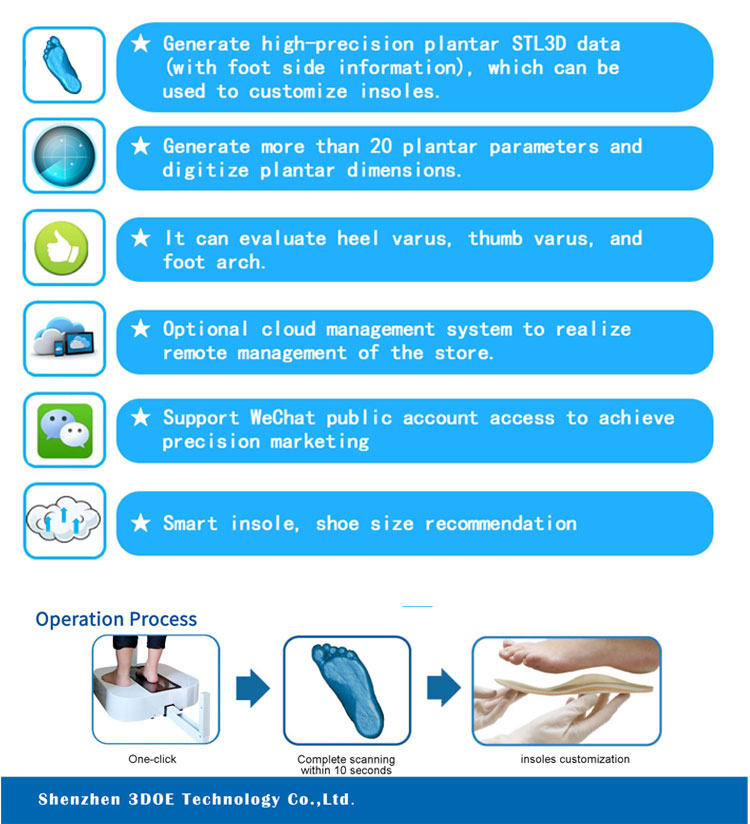
II. In-Depth Analysis of Applications in Rehabilitation Medicine
1. **Accurate Assessment and Personalized Correction:** For patients with foot deformities, such as flat feet or high arches, foot scanners provide precise 3D models and pressure distribution maps. These serve as scientific bases for doctors to design personalized orthotic devices (e.g., insoles, braces), ensuring the specificity and effectiveness of treatment plans.
2. **Precise Guidance for Functional Recovery:** When evaluating the functional recovery of a patient's foot, regular foot scans allow doctors to accurately monitor improvements in arch elasticity and muscle strength, promptly adjusting rehabilitation training plans to accelerate recovery.
3. **Early Disease Warning and Management:** By deeply analyzing foot pressure distribution, foot scanners assist in diagnosing conditions like plantar fasciitis and Achilles tendinitis, enabling early detection and intervention to reduce the risk of disease progression.
4. **Dynamic Optimization of Rehabilitation Plans:** Continuous monitoring of foot data allows the medical team to dynamically adjust rehabilitation strategies, ensuring that treatment plans always align with the patient's current rehabilitation needs, maximizing treatment efficacy.
III. Advantages and Features of Foot Scanners
1. **High Precision:** Leveraging high-tech means ensures the accuracy of measurement data, providing reliable bases for clinical decisions.
2. **Convenience and Efficiency:** Simplifying traditional assessment processes significantly shortens the time for diagnosis and treatment planning, enhancing medical efficiency.
3. **Personalized Medicine:** Rehabilitation plans are tailored based on the unique data of each patient, embodying the core concept of modern medicine's "precision medicine."
4. **Promoting Active Participation:** Visualized data presentation enhances patients' understanding of their rehabilitation process, improves communication between doctors and patients, and boosts patients' enthusiasm and compliance with treatment.
As a high-tech auxiliary tool in rehabilitation medicine, the value of foot scanners lies not only in their advanced technology but also in their profound impact on the quality of patient rehabilitation.
With continuous technological maturity and expanding applications, foot scanners will undoubtedly continue to play an irreplaceable role in enhancing rehabilitation treatment outcomes and promoting patients' early return to normal life, becoming an indispensable part of the field of rehabilitation medicine.

 +86-0755-86131192
+86-0755-86131192 2024-06-26
2024-06-26 Back to list
Back to list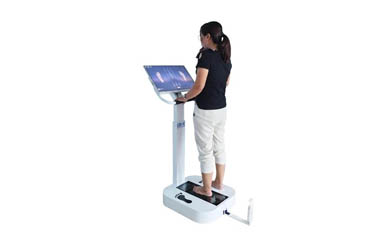
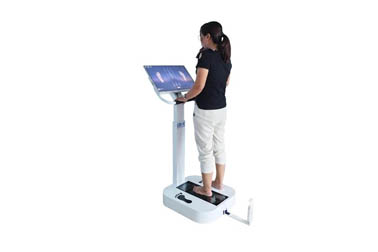
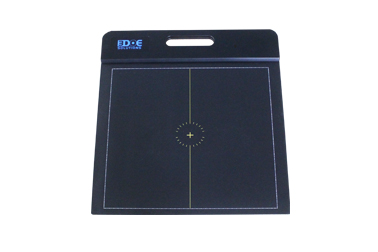
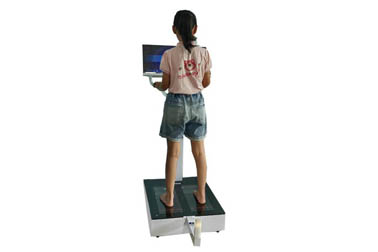
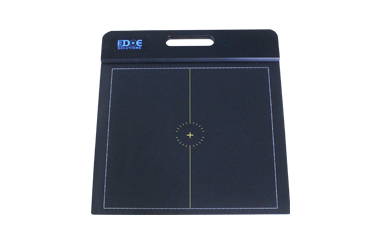
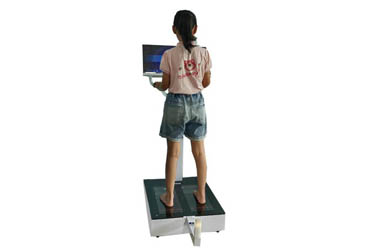



 +86-0755-86131192
+86-0755-86131192